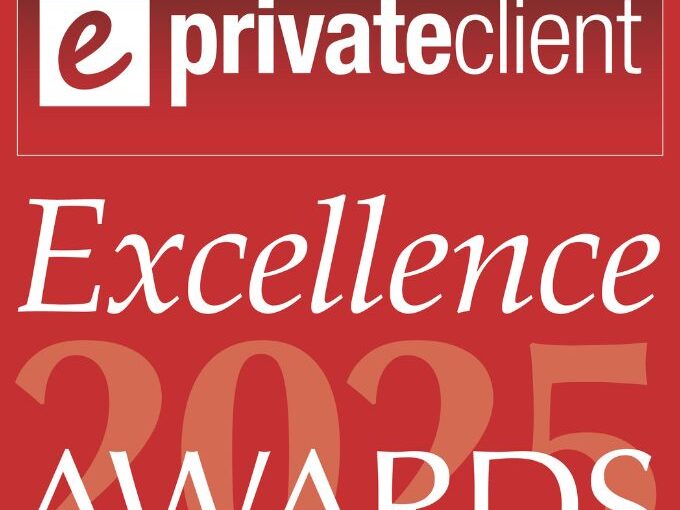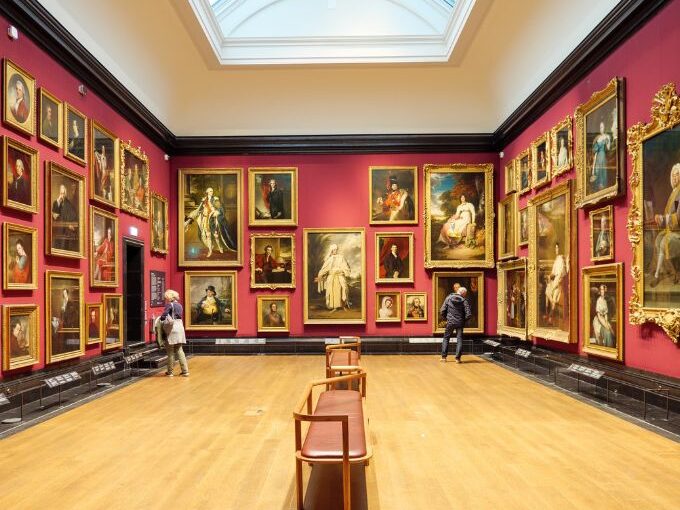Celebrating World Art Day: the role of the trust in supporting private collectors

World Art Day, celebrated annually on 15 April, is an important celebration of artistic creation and creative endeavour. This year’s World Art Day comes at an interesting time for the market, one where the role of the private collector is under scrutiny.
This is for a number of reasons. Firstly, there is heightened visibility of the scale of private investment in art, driven by prominent collections coming to the market in 2022 with two attracting particular public and media attention.
The sale of the Macklowe collection, handled by Sothebys and triggered by the acrimonious divorce of Harry and Linda Macklowe, included works by the likes of Rothko and Warhol and became the most valuable collection ever sold at auction – reaching a then record breaking $922m.
Later in the year, that record was broken when the collection of the late Paul Allen – co founder of Microsoft – was disposed of by Christies for an astonishing $1.5bn. The proceeds of the sale will be donated to charities which Allen supported in life.
Such sums buoyed the market, after a transitory few years following the impact of Covid-19. According to UBS, global sales in 2022 grew 3% YoY, rebounding to a higher level than the pre-pandemic figure of 2019.
Alongside this, we have also seen continued growth and interest in NFT art following its rise in 2021 with the sale by Christies of Everydays: the First 5000 Days (2021).
The role of the private art investor and patron has long been critical to the vitality of the industry, and for centuries, art collecting has been a passion for those with the wealth to pursue it.
There are many reasons for this and each collector will of course have their own motives, but in our work as trustees we tend to see three core themes predominate.
First, art is often seen as an effective hedge against volatility, with values of quality assets generally increasing consistently. They can form an important part of a well-diversified portfolio. Secondly, individual collectors have their personal passions and interests which their wealth enables them to pursue and enjoy. Thirdly, many collectors see their commitment to the arts as an important part of their wider legacy building – including in combination with wider philanthropic activities, for example through lending collections to cultural institutions which otherwise may not be able to afford to purchase or keep (including instance costs) high value works.
In any of these cases, there can be distinct advantages for holding a collection within a suitable trust structure or via special purpose vehicle with appropriate management by a trustee or directors experienced in dealing with artworks and their innate complexities and associated risks – which can often entail the coordination of a range of external experts from valuers and insurers to legal and security teams.
This may include:
- Ensuring each piece within the collection is considered on an individual basis. Aside from the usual considerations of provenance, authenticity and attribution, we also consider high risk countries and conflict zones, political, ethical and cultural significance, and the various regulations/laws now in place within certain jurisdictions covering CITES/licencing restrictions for transportation – all of which affect how the assets are dealt with and stored
- Planning for the transfer of a collection to a beneficiary or beneficial class inexperienced in holding or dealing with art collections (which depending on circumstances could result in an assessment of the collection as a whole, to consider a potential sale which should be considered and planned for very carefully)
- Preserving, or indeed growing, a collection for a family across the generations – providing security for the collection in its entirety in the event of familial breakdown or dispute
- Managing a collection for a philanthropic purpose, including promotion of the collection “brand” through the coordination of institutional and heritage partnerships, exhibitions and tours
- Leveraging the collection as part of a broader portfolio strategy, potentially including unlocking liquid capital through either loans, sales or art-backed lending
- In terms of acquisitions of “blockbuster” or “monumental” pieces, confidentiality and price inflation can be a major concern for UHNWI or well-known collectors, which can be mitigated via a special purpose vehicle (SPV), dealing with the initial stages of purchasing/selling, thereafter disclosure will be necessary. An SPV can be set up in as quickly as 15 minutes at the Guernsey Registry
- Dealing with philanthropic clients and facilitating their long-term goals, in terms of promoting education of arts and culture on an international basis by partnering with non-profit organisations and museums – this may include donating funds for the restoration of heritage sites, the publication of significant art related topics or supporting museums directly via rescue funding or loaning the art collection for exhibition (covering the costs of such)
Indeed, the Macklowe and Allen sales of 2022 are prime examples of the scenarios where trusts, or structures such as foundations can or could provide advantages for collections – both through protecting assets in a separation from quick fire sales leading to loss of value, to coordinating the effective realisation and charitable donation of a collection’s proceeds.
At the same time, the regulatory environment for the art market is shifting – creating complexity for collectors and their advisers. For example, the impact of the EU Regulation on the Import of Cultural Goods continues to grow, particularly when coupled with the after effects of Brexit for UK-based collectors.
More recently, the Financial Action Task Force (FATF) released in February 2023 a new report citing the risk indicators which public and private entities in the art industry should be aware of when seeking to identify potentially illicit activities – such as art transactions being used to finance terrorism or for money laundering purposes.
It is notable that one of the risk indicators identified by the FATF is the presence of a trust in a transaction. Needless to say, there are many perfectly legitimate reasons for holding works of art within a trust or other suitable structure (some of which detailed above) and trustees, such as Saffery Trust, have specialised in the holding of such ‘non-standard’ assets for many years and are subject to the highest levels of compliance with international law and regulation.
Indeed, the use of structures can be absolutely vital for collectors who require privacy and security – not least those whose assets may be at risk of, say, seizure by a ‘bad’ state actor or who may face threats of theft, bribery or kidnap if their personal ties to a collection were known.
Almost 60% of UHNWIs plan to invest in art in 2023, according to Knight Frank’s Wealth Report, while art was the top performer in its Luxury Investments Index last year. The private market is in a strong place as it recognises World Art Day, and with a growing range of options for holding investments of passion – from sculpture and ‘Old Masters’ to NFTs and antiquities – so too is the trusts industry which serves it.











